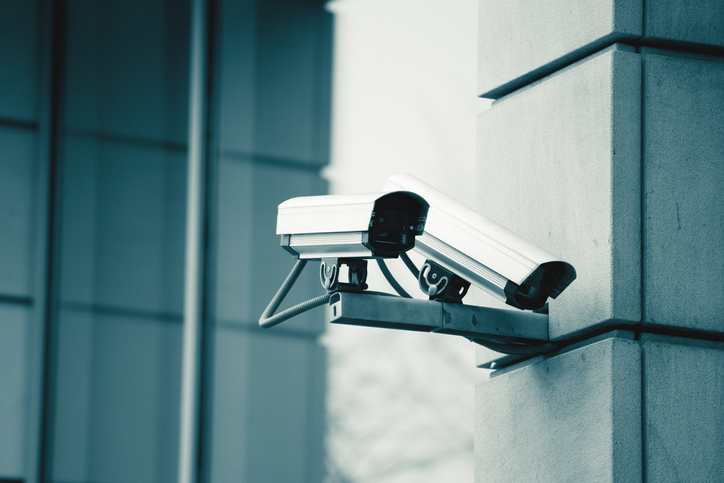Warranted wiretapping? What to look for in this year’s Wiretap Report.

Wiretapping—the interception of wire, oral, or electronic communications—has long been an effective tool for law enforcement investigating suspected criminal activity. Each June, Title III of the Omnibus Crime Control and Safe Streets Act of 1968 requires the Administrative Office of the United States Courts to report to Congress on wiretaps approved, extended, or denied.1 The annual “Wiretap Report” has been criticized by prosecutors, judges, and other stakeholders as outdated and incomplete, including because the forms used to collect the relevant information have overlapping categories, are not uniformly understood by prosecutors, and are frequently submitted late, if at all.2 Still, the report provides the only regularly published, non-anecdotal account of national trends in wiretapping and the associated invasions of privacy.
Increased use of electronic communication has made it easier for investigators and prosecutors to obtain incriminating statements. Wiretaps, which can be obtained upon a showing of probable cause that the interception will reveal evidence that “an individual is committing, has committed, or is about to commit” one of the crimes listed in 18 U.S.C § 2516, have been a key tool for capturing those communications. The increased availability of recorded statements has, however, come with increased discovery burdens for all involved. In recent years, data published with the Wiretap Report shows that wiretaps are becoming more costly and less efficient. Trends to consider this year include:
- A downward trend overall? The 2020 Wiretap Report counted only 2,377 wiretaps nationally, a 26% decline from 3,225 initially reported in 2019 and a 43% decline from a peak of 4,148 initially reported in 2015.3 It’s unclear whether timely reports in 2020 were suppressed by the Covid-19 pandemic or part of a broader trend.
- How prevalent is encryption? The number of wiretaps for which encrypted communications were encountered and could not be decrypted has increased dramatically over the last decade. As recently as 2010, encryption was effectively a non-issue, with decryption successful in every reported case in which encryption was encountered. The 2015 Wiretap Report identified only 13 wiretaps in which encryption was encountered—and only 4 of them could not be decrypted.4 By contrast, in 2020, encryption was encountered in 398 wiretaps, and the plain text of messages could not be decrypted for 383 of those.5 Increasing use of encrypted-messaging and voice/video call applications such as Signal and Telegram may result in less effective wiretapping.
- More invasive wiretaps? As smartphones have become ubiquitous, the number of incriminating—but also non-incriminating—communications captured by the average wiretap has increased. The average number of non-incriminating communication captured by wiretaps was just over 5,000 in 2020, up more than 100% since 2010.6 These increases indicate that wiretaps are vacuuming up more private communications that are not germane to an investigation. As a result, more resources must be dedicated to deal with the greater volume of irrelevant material (even if some of that burden may be mitigated through use of ever-improving document review software).
- Are expenses continuing to rise? Average expenses per wiretap reached an all-time high of $119,418 in 2020, up 183% from $42,216 in 2015.7
If costs, the prevalence of encryption, and the proportion of communication that are of little relevance continue to rise, the cost-benefit balance that has favored increasing use of wiretaps for much of the last two decades may wane. The current trends suggest this transition may be underway. This year’s Wiretap Report is likely to clarify that.
118 U.S.C. § 2519.
2See David Rauma et al., Study of the Administrative Office of the U.S. Courts’ Wiretap Report, Federal Judicial Center (November 2021), https://www.fjc.gov/sites/default/files/materials/29/Wiretap%20Study%20Report.pdf (“Potentially, every county prosecutor who is required to submit a WT-2B form has a unique interpretation of what must be reported on the form, how it must be reported, and when it must be reported. . . All participants agreed that the statute (18 U.S.C. § 2519) is out of date with respect to modern communications technology, and that an update would resolve at least some of the confusion about what is to be reported and how.”).
3These figures include only “initial reports,” which exclude late reported wiretaps. See United State Courts, Wiretap Reports, https://www.uscourts.gov/statistics-reports/analysis-reports/wiretap-reports.
4United State Courts, 2015 Wiretap Report, https://www.uscourts.gov/statistics-reports/analysis-reports/wiretap-reports.
5United State Courts, 2020 Wiretap Report at Table 7, https://www.uscourts.gov/statistics-reports/analysis-reports/wiretap-reports.
6Id.
7Id.
Information provided on InsightZS should not be considered legal advice and expressed views are those of the authors alone. Readers should seek specific legal guidance before acting in any particular circumstance.
Author(s)

Christopher R. MacColl
Associate
Email | +1 202.778.1849
As the regulatory and business environments in which our clients operate grow increasingly complex, we identify and offer perspectives on significant legal developments affecting businesses, organizations, and individuals. Each post aims to address timely issues and trends by evaluating impactful decisions, sharing observations of key enforcement changes, or distilling best practices drawn from experience. InsightZS also features personal interest pieces about the impact of our legal work in our communities and about associate life at Zuckerman Spaeder.
Information provided on InsightZS should not be considered legal advice and expressed views are those of the authors alone. Readers should seek specific legal guidance before acting in any particular circumstance.




